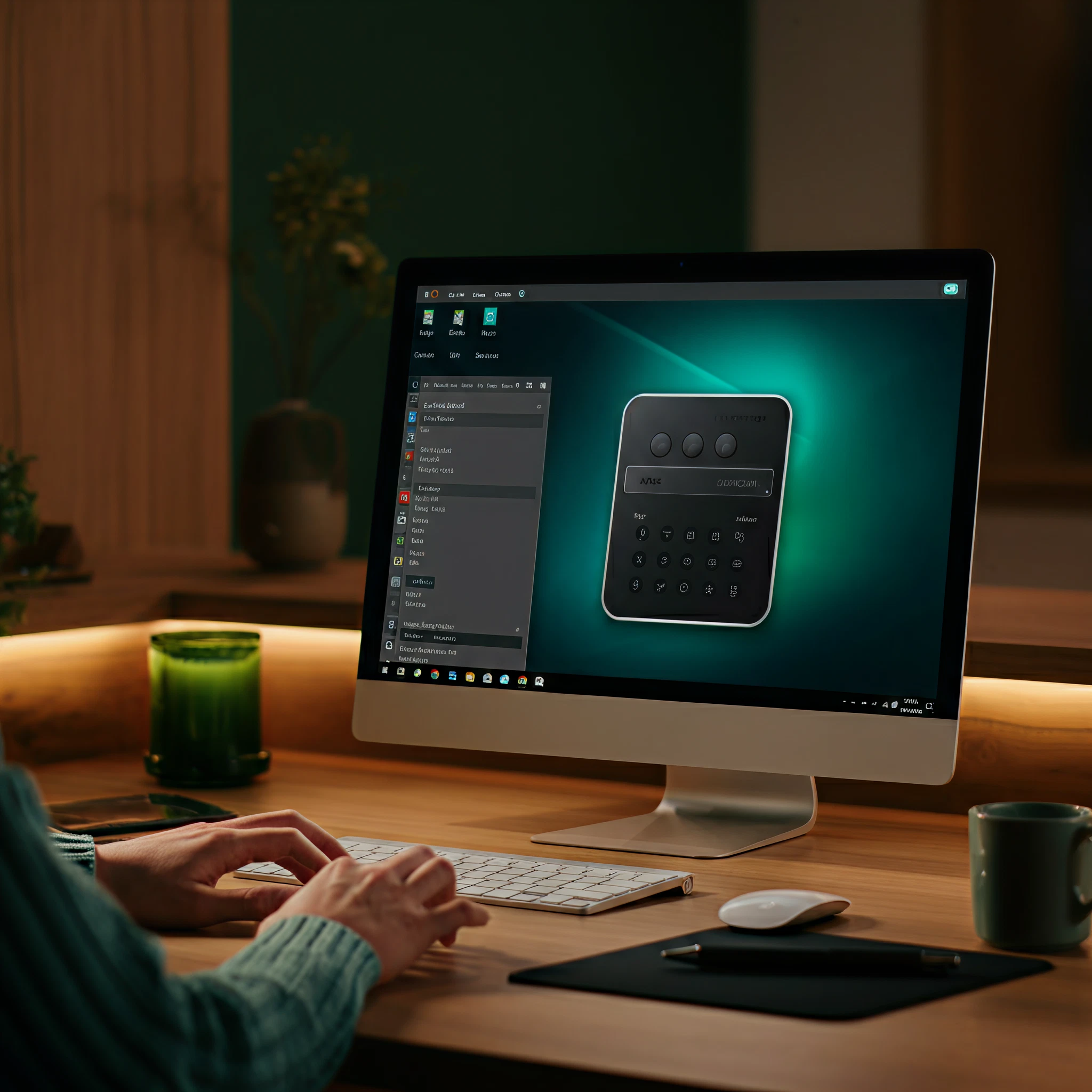Taking a screenshot on your Windows computer is easier than you think. Whether you want to capture your entire screen, a specific window, or just a portion of the screen, Windows offers multiple tools and shortcuts to get the job done. This guide will walk you through various methods tailored for beginners, new computer owners, and tech novices.
Let’s explore five easy and effective ways to take screenshots on Windows, plus some handy tips to enhance your experience.
1. Using the Print Screen (PrtScn) Key
The Print Screen function is one of the simplest and quickest ways to take a screenshot on your Windows computer.
Steps:
- Press the PrtScn key on your keyboard (sometimes labeled “Print Screen”).
- This captures the entire screen and copies it to your clipboard.
- Open an image editor (like Paint, Photoshop, or Word).
- Paste your screenshot using Ctrl + V.
- Save the file in your preferred format (e.g., JPEG or PNG).
Pro Tip: If you’d rather automatically open Print Screen in the Snipping Tool, you can enable it in Settings > Accessibility > Keyboard.
Example Image:
(Picture of a keyboard with the PrtScn button highlighted.)
2. Alt + Print Screen for a Single Window Screenshot
Want to capture just one active window? This shortcut is perfect for isolating a specific section of your desktop.
Steps:
- Click the window you want to capture to ensure it’s active.
- Press Alt + PrtScn simultaneously.
- Open an image editor and paste the screenshot using Ctrl + V.
- Save your image.
When to Use: Great for capturing error messages, browser tabs, or application windows without cluttering your screenshot with everything else on your screen.
Example Image:
(Image showing a single browser window in focus with a “highlighted” view.)
3. Windows Key + Print Screen for Automatic Saves
This method saves your entire screen as a file instantly and automatically—not just to the clipboard.
Steps:
- Press Windows Key + PrtScn at the same time.
- The screen will dim briefly, confirming the screenshot has been taken.
- Your file is automatically saved in the Screenshots folder under your Pictures directory.
Pro Tip: This is an efficient tool for creating multiple screenshots quickly without needing to paste and save them manually.
Example Image:
(Show “Pictures > Screenshots” folder open with saved images visible.)
4. Snipping Tool for Precision
The built-in Snipping Tool is a great way to take customized screenshots. You can capture everything from rectangular sections to free-form shapes.
Steps:
- Search for Snipping Tool in the Windows Start menu.
- Open the app and click New.
- Choose the capture mode:
-
-
- Rectangular snip
- Free-form snip
- Window snip
- Full-screen snip
-
- Select the desired area, and the Snipping Tool will capture it.
- Annotate (optional) and save your screenshot.
Pro Tip: Use the Snipping Tool’s delayed capture feature to snip menus or tooltips that disappear when you move your mouse.
Example Image:
(Snipping Tool interface highlighting different snip modes.)
5. Snip & Sketch for Advanced Annotation
For enhanced editing and annotation, the Snip & Sketch app is your go-to tool.
Steps:
- Press Windows Key + Shift + S.
- The screen dims, and a toolbar appears at the top.
- Select your preferred snip type (rectangular, free-form, window, or full-screen).
- Your snip is saved to the clipboard. A notification will appear in the system tray; click it to open in Snip & Sketch.
- Annotate, crop, and save your screenshot.
When to Use: Perfect for adding notes, highlights, or arrows to explain screenshots in presentations or tutorials.
Example Image:
(Toolbar with snip options highlighted on a dimmed screen.)
Bonus Tips and Tools
Xbox Game Bar for Gamers
- Use Case: Capture screenshots while gaming.
- Shortcut: Press Windows Key + G to open the Game Bar and take a screenshot.
For Surface Users:
Press the Windows Logo Button + Volume Down on devices like Microsoft Surface to take a screenshot.
Third-Party Tools for Advanced Editing:
- Lightshot: Easy, lightweight, and great for quick annotations and sharing.
- Greenshot: Perfect for professionals needing detailed screenshot edits.
Cloud Integration:
Sync your screenshots with OneDrive or Dropbox for automatic cloud backups.
Why Should You Use These Methods?
With multiple options available, you can:
- Save time by choosing the most efficient method for your need.
- Share exactly what you need, from an entire screen capture to specific regions.
- Enhance collaboration by easily annotating screenshots with tools like Snip & Sketch.
Remember, Windows offers diverse tools so you can screenshot like a pro without downloading third-party software.
Happy Screenshotting!
For more technology tips and tricks, check out our resource hub or tutorials.
(Optional Call to Action graphic for additional software tips.)








